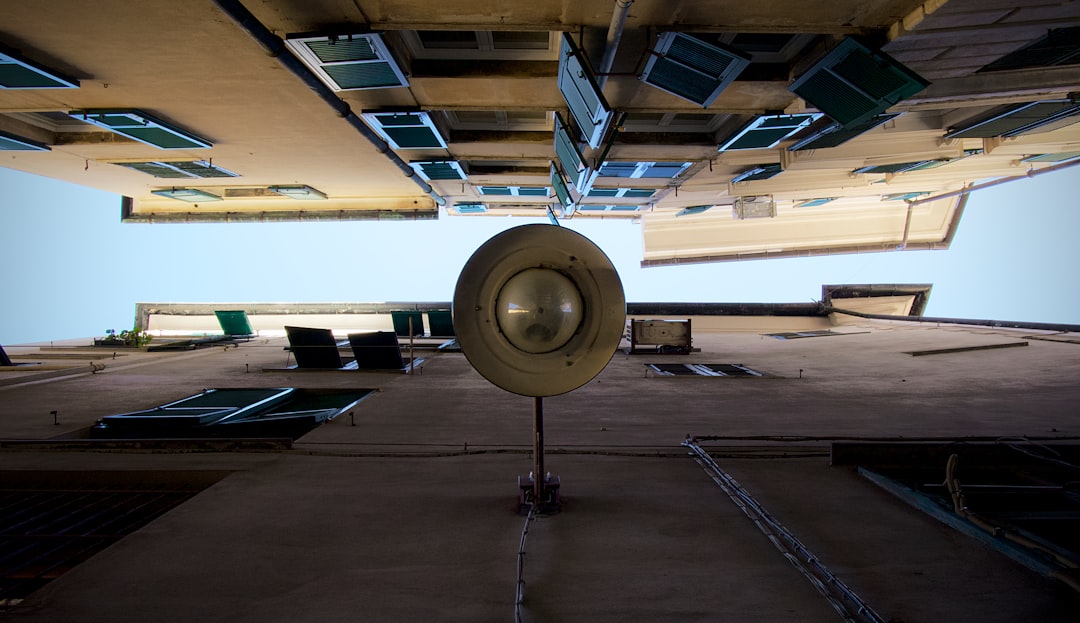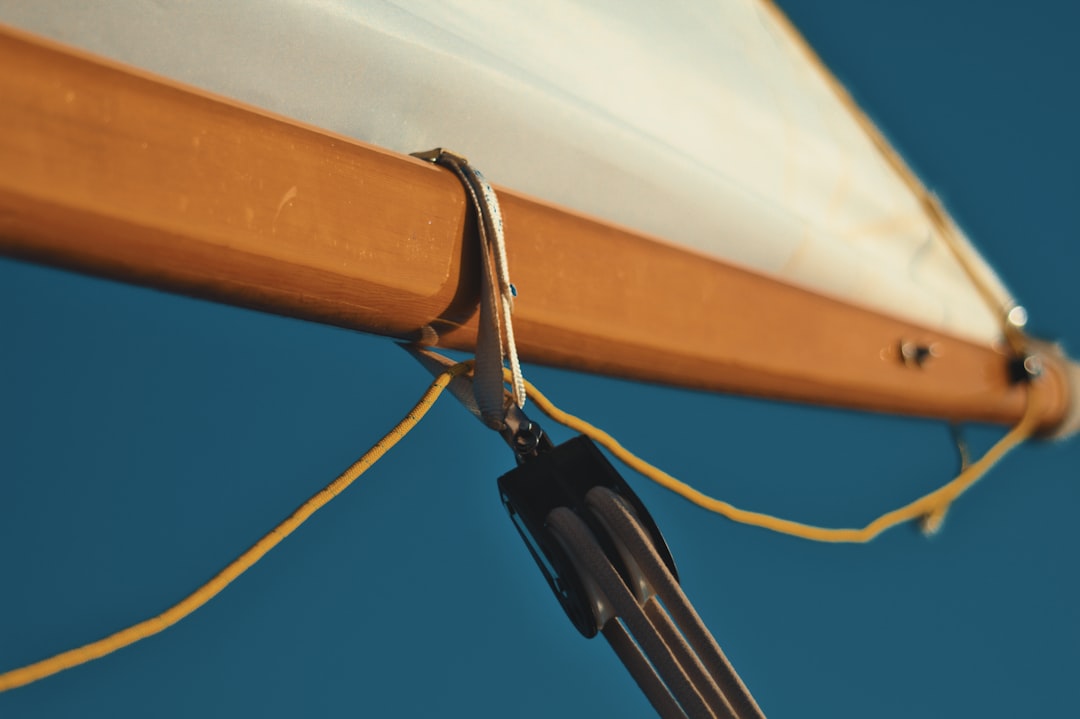Built to Last: A Deep Dive into the Durability and Build Quality of Commercial Electric Floor Fans
Why Build Quality Matters in a Commercial Floor Fan
Unlike residential fans that are designed for intermittent use in climate-controlled homes, commercial electric floor fans are engineered to operate for long hours in demanding environments. These settings can include workshops, warehouses, gyms, and manufacturing plants, where dust, debris, temperature fluctuations, and continuous operation are the norm. Investing in a fan with superior build quality is not a luxury; it's a necessity. A well-built fan ensures consistent performance, enhances workplace safety, and provides a greater return on investment by minimizing downtime, repairs, and frequent replacements. Durability is the cornerstone of a reliable commercial fan, translating directly into operational efficiency and a safer, more comfortable environment.

The Heart of the Machine: Motor Durability Explained
The motor is the single most important component determining a commercial fan's lifespan and performance. Commercial-grade motors are designed for continuous duty, meaning they can run for extended periods without overheating or failing. Key indicators of a durable motor include Totally Enclosed Fan Cooled (TEFC) or Totally Enclosed Air Over (TEAO) enclosures. These designs protect the motor's internal components from airborne particles like dust and moisture, which are common in industrial settings and can cause premature failure. Furthermore, motors with ball bearings are vastly superior to those with sleeve bearings, as they handle higher loads, reduce friction, and have a significantly longer operational life.
Blade Construction: Metal vs. Plastic for Airflow and Longevity
The blades of a commercial fan are critical for both performance and durability. While some light-duty commercial fans may use high-impact plastic, most heavy-duty models rely on metal blades—typically aluminum or steel. Metal blades are more rigid and can be shaped into more efficient airfoil designs, allowing them to move a larger volume of air (higher CFM) without flexing or vibrating at high speeds. Aluminum is lightweight and corrosion-resistant, reducing strain on the motor. Steel offers maximum strength and impact resistance, making it suitable for the most rugged environments. Single-piece cast blades are superior to riveted blades, as they eliminate weak points that can lead to cracks and failure over time from mechanical stress.
The Unsung Hero: Examining the Fan Housing and Cage
The protective cage and housing do more than just prevent accidental contact with the blades; they provide structural integrity for the entire unit. In high-quality commercial floor fans, these components are made from heavy-gauge steel. A robust, welded steel cage can withstand impacts and vibrations far better than the lighter, often bolted-together constructions found on residential models. The quality of the welds and the thickness of the steel are direct indicators of durability. A solid housing ensures that the motor and blade assembly remain securely aligned, preventing vibrations that can lead to noise and mechanical wear.
A Solid Foundation: The Importance of a Stable Base
A commercial floor fan's power is useless if it's not stable. A wide, heavy base is crucial for preventing the fan from tipping over, especially in busy environments where it might be accidentally bumped. Bases made from heavy steel or weighted materials provide a low center of gravity. Some high-velocity models feature tubular steel frames with wide-set feet, often with non-skid rubber pads, to ensure maximum stability on various floor surfaces. For larger drum fans, a frame with durable wheels and a sturdy handle is essential for safe and easy portability without compromising stability during operation.
Power and Safety: Cord Quality and Certifications
Even the power cord contributes to a fan's durability and safety. Commercial fans should feature a long, heavy-duty power cord, often with a three-prong grounded plug. The cord's jacket should be thick and resilient to resist abrasions, chemicals, and crushing. Look for safety certifications from recognized organizations like UL (Underwriters Laboratories) or ETL (Intertek). These marks indicate that the fan's design, materials, and construction have been tested and meet stringent safety and performance standards, giving you confidence in its ability to operate safely in a commercial setting.

Coatings and Finishes: Your First Line of Defense Against Corrosion
The fight against wear and tear begins at the surface. A high-quality finish is essential for protecting the fan's metal components from rust and corrosion, especially in humid or damp environments. Powder coating is a superior finish that is applied as a dry powder and then cured under heat to form a hard, durable layer that is much tougher than conventional paint. This finish resists chipping, scratching, and fading, ensuring the fan not only lasts longer but also maintains its professional appearance for years.
Decoding Durability Ratings: What Do Certifications Mean?
Understanding certifications helps you quantify a fan's durability. While UL and ETL certifications primarily address electrical safety, they also imply a certain level of construction quality. For fans intended for use in damp or dusty locations, look for an IP (Ingress Protection) rating. An IP rating consists of two numbers: the first indicates protection against solid particles (like dust), and the second indicates protection against liquids (like water). A higher number signifies greater protection, making an IP-rated fan a more durable choice for challenging industrial or outdoor-adjacent environments.
A Comparative Look: Key Features of Durable Commercial Floor Fans
When selecting a fan, comparing key features is essential. A simple table can help clarify the differences between a standard residential fan and a true commercial-grade unit.
| Feature | Standard Residential Floor Fan | Durable Commercial Floor Fan |
|---|---|---|
| Motor | Light-duty, sleeve bearings, open enclosure | Continuous-duty, ball bearings, TEFC enclosure |
| Blades | Plastic or thin, stamped metal | Balanced aluminum or steel, often cast |
| Housing/Cage | Light-gauge metal or plastic, bolted | Heavy-gauge steel, welded construction |
| Base | Lightweight plastic or thin metal | Heavy, weighted steel or wide tubular frame |
| Power Cord | 2-prong, thin insulation | 3-prong grounded, heavy-duty SJT type |
| Certifications | Basic or none | UL, ETL, OSHA-compliant |
| Finish | Standard paint | Powder-coating for corrosion resistance |
| Lifespan | 1-3 years | 5-15+ years |
Maintenance Tips to Maximize Your Fan's Lifespan
Even the most durable fan requires some care to reach its maximum lifespan. Regularly clean the fan blades and cage to prevent an accumulation of dust and grime, which can unbalance the blades and strain the motor. Check that all bolts and screws are tight, as vibrations can cause them to loosen over time. For motors with maintenance ports, follow the manufacturer's lubrication schedule. Never operate a fan with a damaged cord or cage. Proper maintenance is a small investment of time that pays huge dividends in performance and longevity.


